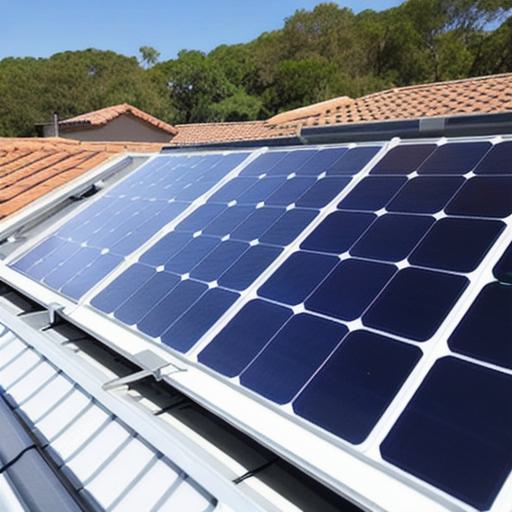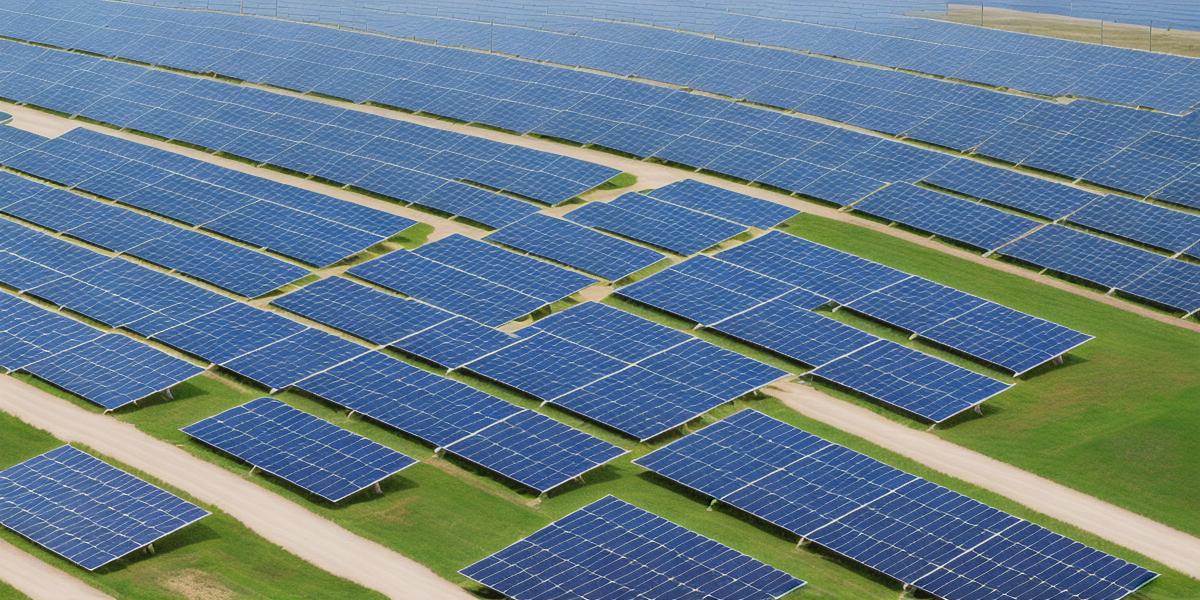Renewable energy is becoming an increasingly popular choice for people who are concerned about climate change and looking for ways to reduce their carbon footprint. There are several different types of renewable energy sources available, each with its own unique advantages and disadvantages. In this article, we will explore the most common types of renewable energy sources and discuss their pros and cons.
Solar Energy
Solar energy is one of the most well-known types of renewable energy sources. It involves harnessing the power of the sun to generate electricity or heat for homes and businesses. The most common way to do this is by installing solar panels on a building’s roof or in a nearby location. These panels absorb sunlight and convert it into electricity, which can then be used to power appliances and lights.
One of the biggest advantages of solar energy is that it is clean and renewable. It produces no emissions and does not contribute to climate change. Additionally, solar energy is becoming more affordable and accessible as technology improves and government incentives increase. However, one of the main disadvantages of solar energy is that it can be affected by weather conditions, such as clouds or rain, which can reduce the amount of electricity generated.
Wind Energy
Wind energy involves harnessing the power of the wind to generate electricity. This is typically done by installing wind turbines in areas with high wind speeds, such as coastal regions or open plains. Wind turbines use blades that spin when the wind blows, which drives a generator and produces electricity.
One of the biggest advantages of wind energy is that it is clean and renewable. It produces no emissions and does not contribute to climate change. Additionally, wind energy can be used in remote locations where traditional power sources are not available. However, one of the main disadvantages of wind energy is that it can be noisy and visually intrusive, which may not be appealing to some communities.
Hydro Energy
Hydro energy involves using the flow of water to generate electricity. This is typically done by building a dam or run-of-the-river system, which directs water through turbines that spin and produce electricity. Hydro energy can also be generated using smaller systems, such as microhydropower systems, which are often used in rural areas.
One of the biggest advantages of hydro energy is that it is clean and renewable. It produces no emissions and does not contribute to climate change. Additionally, hydro energy is a reliable source of electricity that can be used to power homes and businesses. However, one of the main disadvantages of hydro energy is that it can be expensive to build and maintain, especially large-scale systems like dams.
Geothermal Energy
Geothermal energy involves harnessing the heat from the Earth’s interior to generate electricity. This is typically done by drilling deep into the ground and extracting hot water or steam, which can then be used to spin a turbine and produce electricity. Geothermal energy can also be used for heating and cooling buildings by tapping into the natural heat of the Earth.
One of the biggest advantages of geothermal energy is that it is clean and renewable. It produces no emissions and does not contribute to climate change. Additionally, geothermal energy is a reliable source of electricity that can be used to power homes and businesses, especially in areas with high levels of geothermal activity. However, one of the main disadvantages of geothermal energy is that it can be expensive to develop and maintain, especially in areas with low levels of geothermal activity.
Bioenergy

Bioenergy
involves using organic matter, such as plants and waste, to generate electricity or heat. This can be done by burning the organic matter in a power plant or converting it into biofuels, which can then be used to fuel vehicles and generators.
Bioenergy
can also be generated through anaerobic digestion, which involves breaking down organic matter into methane gas, which can then be used as a source of energy.
One of the biggest advantages of bioenergy is that it is clean and renewable. It produces no emissions and does not contribute to climate change. Additionally, bioenergy can be generated using waste materials, such as agricultural waste or municipal solid waste, making it a sustainable option for many communities.



